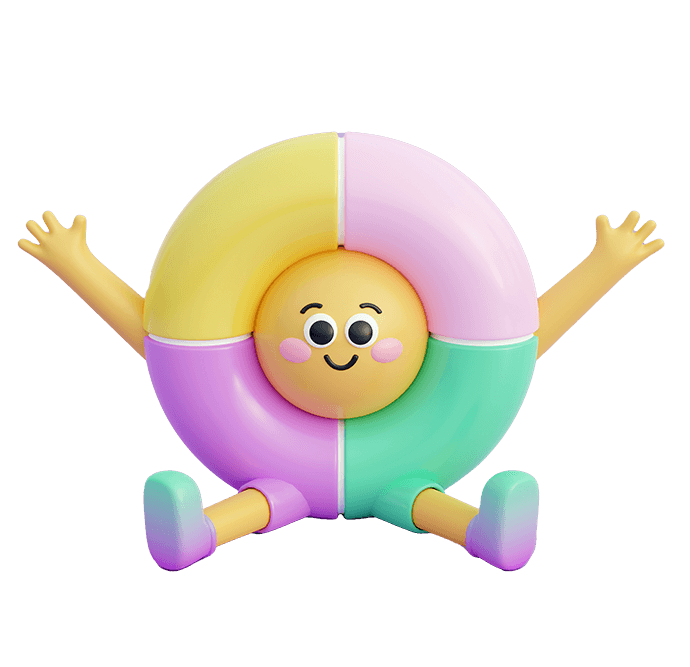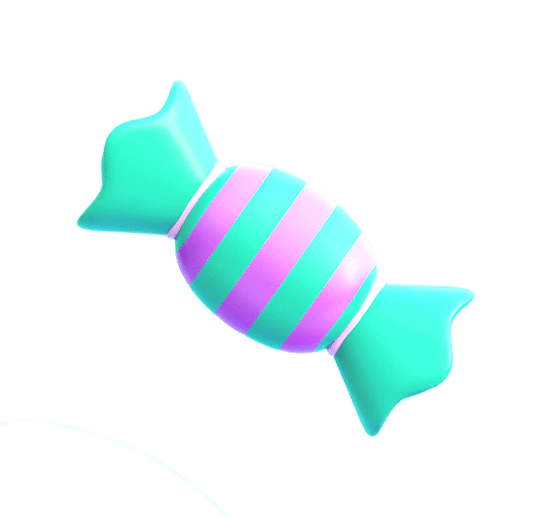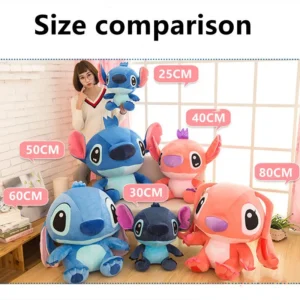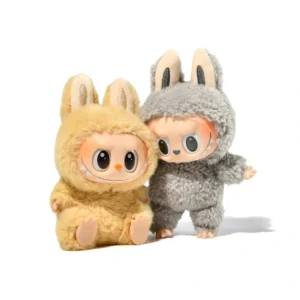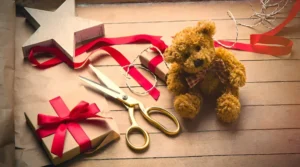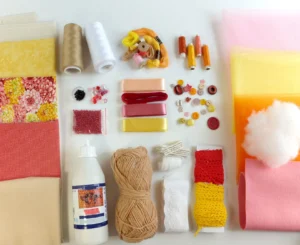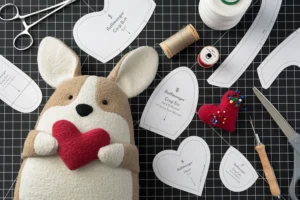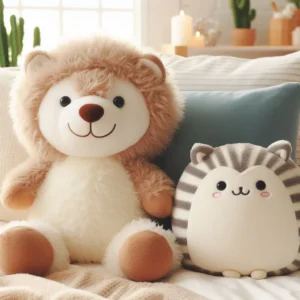Choosing the right size for plush toys is one of the most important decisions for any brand or manufacturer. Size affects not only the toy’s usability but also material costs, production processes, packaging, shipping, and ultimately customer satisfaction.
Plush toy sizes usually fall into standard categories such as mini, small, medium, large, and jumbo. Each category corresponds to specific height ranges and market applications. Understanding how size influences production costs, target markets, logistics, and safety requirements helps businesses optimize their product lines effectively and meet diverse customer needs.
Knowing the details behind plush toy sizes will empower your sourcing and production decisions.
1.What are the standard size categories for plush toys in the industry?

In the plush toy industry, standardized size categories make communication between suppliers, manufacturers, and buyers clearer and smoother. These categories also help in setting expectations about price points, packaging, and target consumers.
The most commonly accepted size categories include mini (under 6 inches), small (6 to 12 inches), medium (12 to 18 inches), large (18 to 24 inches), and jumbo (over 24 inches). Each size serves different purposes—mini toys are great as keychains or collectibles, while jumbo sizes are ideal for display or promotional giveaways.
Understanding these categories helps brands position products strategically across different markets. Mini plush toys are favored for their portability and novelty, often used as giveaways or limited-edition collectibles. Small and medium sizes represent the core of most retail and e-commerce offerings, balancing playability and cost. Large and jumbo plush toys appeal to customers seeking cuddle companions or decorative pieces and are popular in gift shops and promotional campaigns.
| Size Category | Typical Height (inches) | Common Use Cases | Market Focus |
|---|---|---|---|
| Mini | <6 | Keychains, party favors | Collectors, event giveaways |
| Small | 6–12 | Stocking stuffers, small gifts | Retail, online stores |
| Medium | 12–18 | Everyday plush toys for children | Mass market, children’s toys |
| Large | 18–24 | Cuddle toys, display pieces | Gifts, premium buyers |
| Jumbo | >24 | Oversized toys, promotional items | Special events, corporate |
Choosing the right size category depends on your target customer and the product’s intended use.
2.How do plush toy sizes affect material usage and production costs?
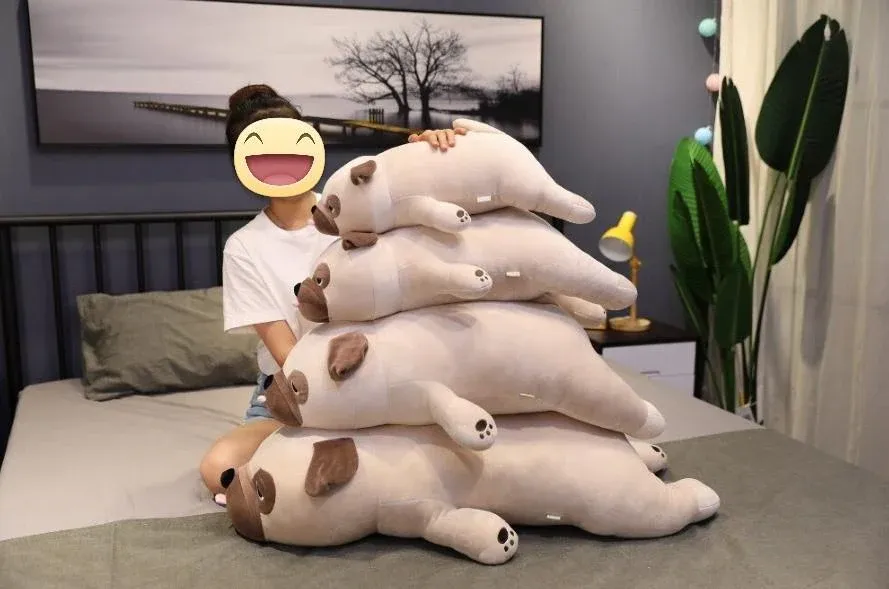
The size of a plush toy is one of the biggest factors affecting how much fabric, stuffing, and labor are needed, all of which contribute to the total production cost.
Larger plush toys require significantly more material, longer production times, and increased shipping and storage expenses. However, very small toys can also be costly per unit because they require more detailed workmanship and specialized packaging, which can increase labor and packaging costs.
As plush toys grow in size, the surface area (and therefore fabric needed) grows exponentially rather than linearly. For example, doubling the height of a plush toy can roughly quadruple the fabric required. This means that cost control becomes critical when scaling up size.
Labor intensity varies as well. Mini and small plush toys often need precise stitching and intricate details on a much smaller scale, which requires skilled hands and time, raising labor costs. Conversely, larger toys may be simpler in detail but take longer to sew overall.
| Size Category | Material Usage | Labor Complexity | Approximate Cost Impact |
|---|---|---|---|
| Mini | Low | High (precision work) | Moderate — packaging adds up |
| Small | Moderate | Moderate | Balanced cost |
| Medium | High | Moderate | Higher total cost |
| Large | Very High | Lower per square inch | Significant cost increase |
| Jumbo | Maximum | Lower per square inch | Highest production expense |
Choosing an optimal size requires balancing the material cost and labor investment against the retail price consumers are willing to pay.
3.What size considerations are important for different target markets and age groups?
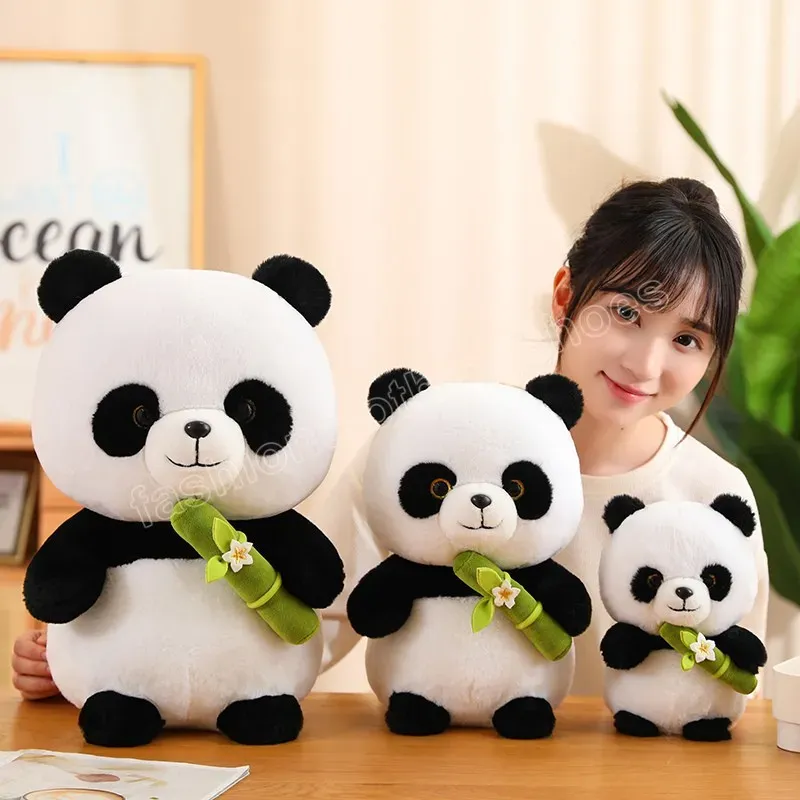
Selecting the appropriate plush toy size also depends on the intended user’s age and market segment. Safety and usability are paramount.
Toddlers and infants typically require larger, soft, and easy-to-hold plush toys without small parts to avoid choking hazards. Older children prefer smaller and medium sizes that are portable and detailed. Collectors and adult buyers often favor mini or small plush toys with intricate craftsmanship designed for display rather than play.
For example, infants benefit from medium-sized plush toys around 12 to 18 inches, which are large enough to hold but soft and safe for cuddling. For preschool and older children, small to medium toys are popular because they are easy to carry to school or travel with. Collector markets, including fans of licensed characters, often seek mini plush toys that fit nicely on shelves.
| Age Group | Recommended Size Range | Safety and Usability Notes |
|---|---|---|
| 0-3 years | Medium to Large | Avoid small detachable parts; focus on softness |
| 3-7 years | Small to Medium | More detailed designs are acceptable |
| 7+ years | All sizes | Customization and collectibles common |
| Collectors | Mini to Small | Focus on detail, display value over play |
Matching size with the buyer’s preferences improves customer satisfaction and reduces returns or safety concerns.
4.How does size influence shipping, packaging, and storage logistics?
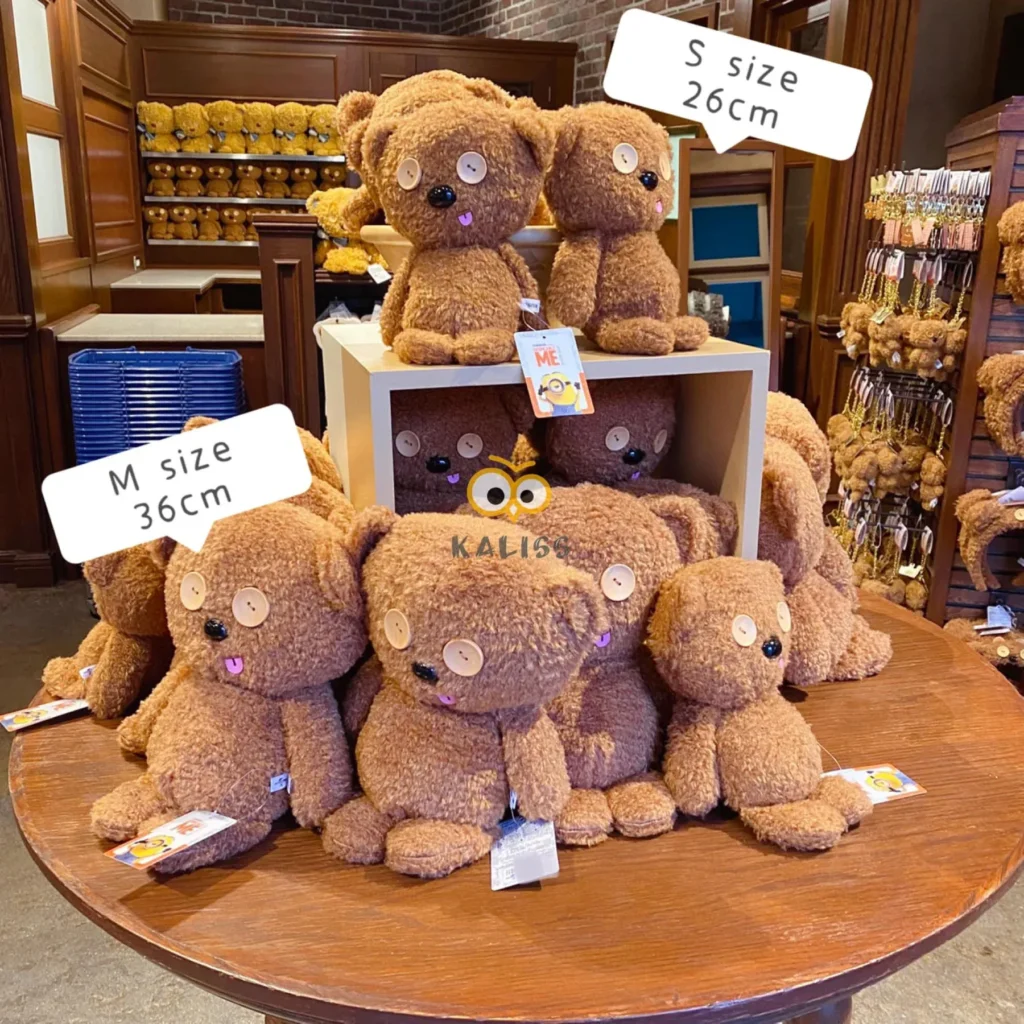
Toy size significantly impacts packaging options, shipping costs, and warehouse storage requirements.
Smaller plush toys can be packaged compactly in organza bags or small boxes, allowing large shipment volumes and reducing freight costs. Larger toys need bigger boxes, cushioning materials, and occupy more warehouse space, increasing both shipping and storage expenses.
Shipping costs often scale with volume rather than weight alone, so managing plush toy size is key to efficient logistics. Efficient packaging also protects the toy during transport and enhances the unboxing experience.
| Size Category | Packaging Type | Shipping Volume Efficiency | Warehouse Storage Demand |
|---|---|---|---|
| Mini | Organza bags, small boxes | Very high | Low |
| Small | Small boxes, bags | High | Moderate |
| Medium | Custom boxes | Moderate | Moderate |
| Large | Custom cartons | Low | High |
| Jumbo | Oversized cartons | Very low | Very high |
Selecting the appropriate plush toy size balances manufacturing cost savings with logistical efficiency.
5.Which size ranges are most popular for customization and promotional plush toys?
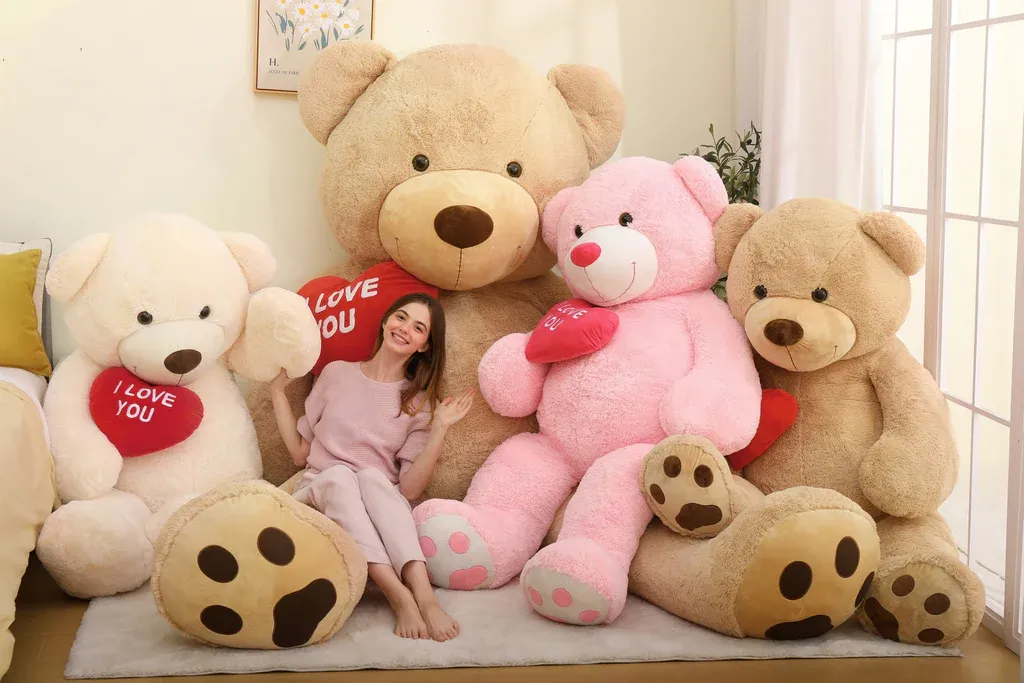
Customization and promotional plush toys tend to favor specific size ranges that balance cost and visibility.
Small to medium sizes (roughly 6 to 18 inches) dominate the customization market, as they are cost-effective while providing enough surface area for logos, embroidery, and design details. Mini plush toys are common for giveaways and keychains, whereas jumbo sizes are used for limited edition or attention-grabbing promotional pieces.
Choosing the right size range is essential for successful marketing campaigns and client satisfaction.
| Size Category | Popularity for Customization | Typical Use Cases |
|---|---|---|
| Mini | High | Corporate giveaways, keychains |
| Small | Very high | Retail promotions, branded gifts |
| Medium | Very high | Event giveaways, retail collections |
| Large | Medium | Premium gifts, display items |
| Jumbo | Low | Special events, branding displays |
Understanding which sizes resonate with promotional markets helps brands deliver maximum impact.
6.How do safety regulations impact the permissible sizes of plush toys?

Safety regulations place restrictions on toy sizes, especially to prevent choking hazards and ensure material safety.
Small plush toys must not contain small detachable parts that children under three could swallow. Larger toys are subject to strict flammability, toxicity, and durability standards. Compliance with regulations like ASTM, CE, and CPSIA is mandatory to enter many markets.
Meeting safety standards safeguards consumers and helps brands avoid costly recalls or legal issues.
| Safety Aspect | Impact on Size | Regulation Examples |
|---|---|---|
| Choking Hazard | Restricts detachable parts on mini toys | ASTM F963, EN71 |
| Flammability | Applies to all sizes | CPSIA, EU Toy Safety Directive |
| Durability & Seams | Larger toys must be sturdy | Required for children’s toys |
Careful size and design choices combined with material certification ensure plush toys are safe and compliant.
Conclusion
Choosing the right plush toy size balances production costs, safety, logistics, and market needs to drive success.

